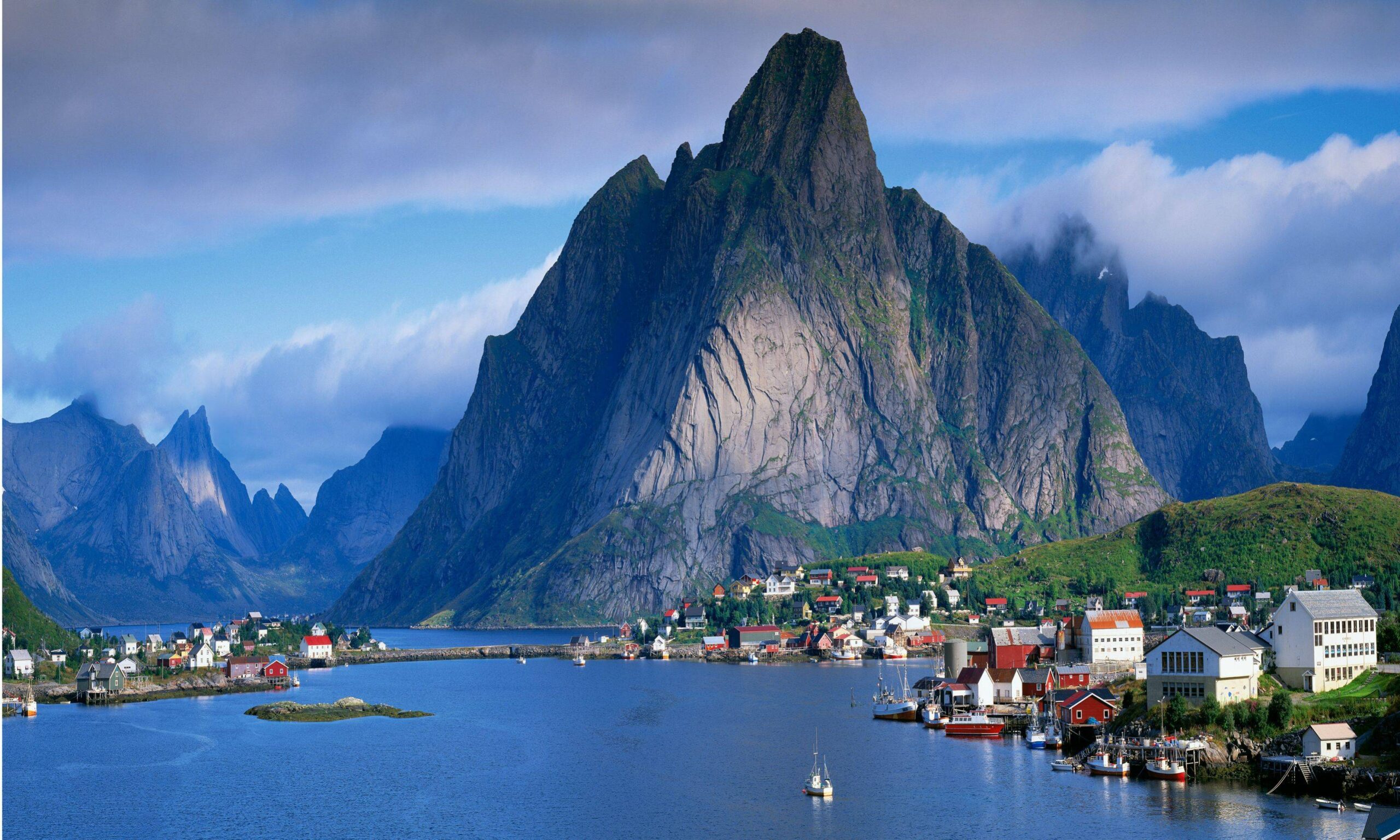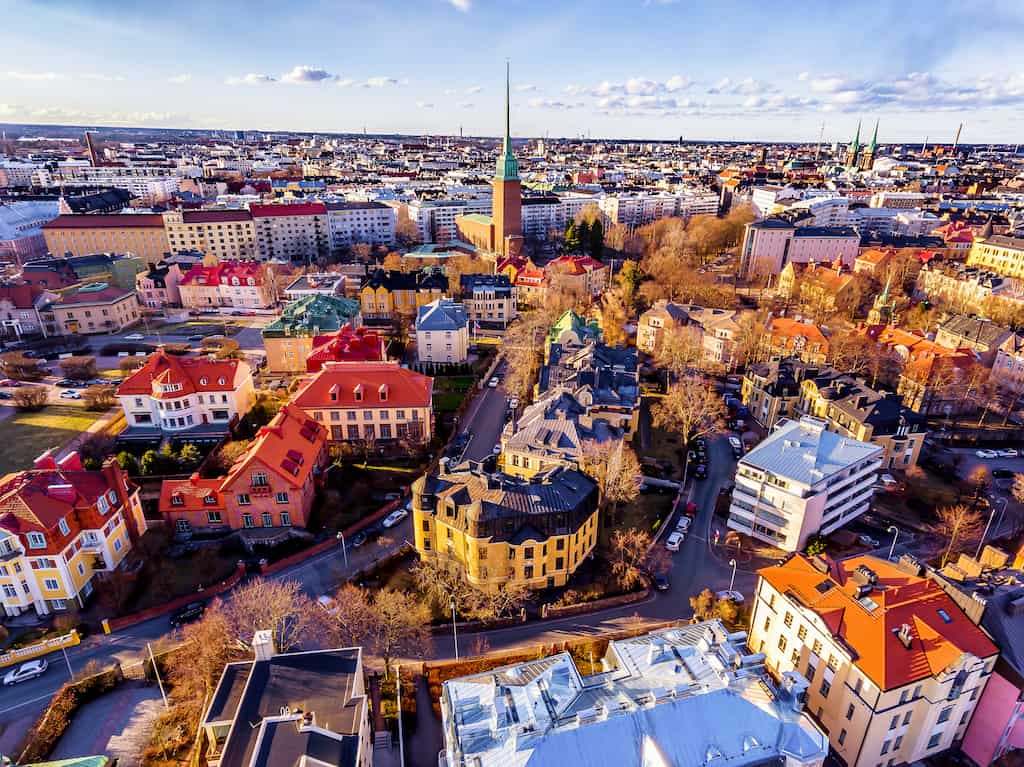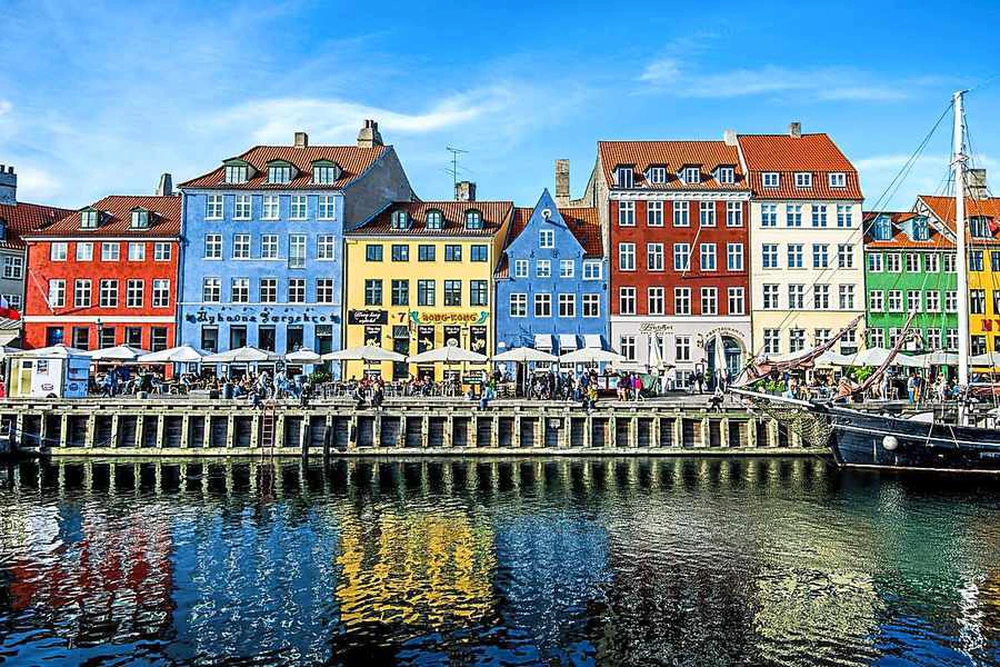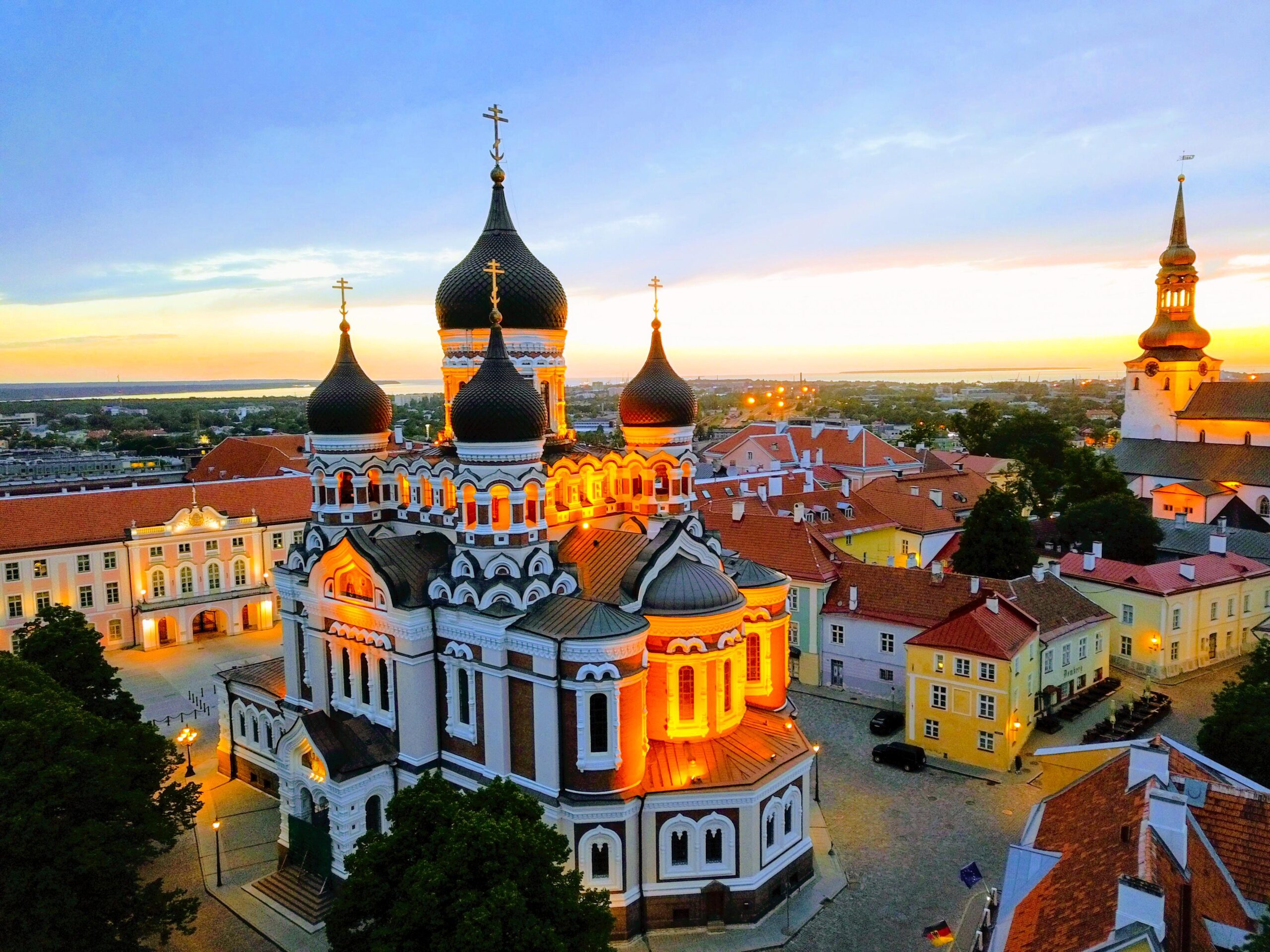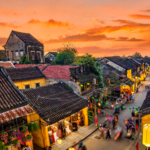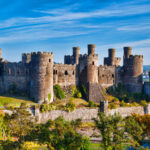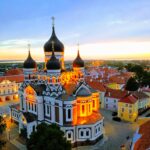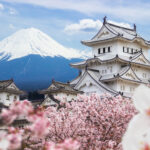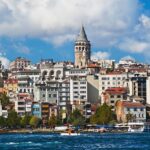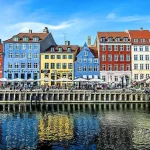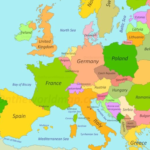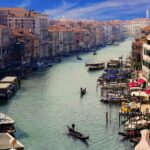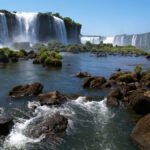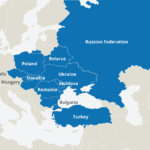

The northern region of Europe has several definitions. Narrower definitions may describe Northern Europe as being roughly north of the southern coast of the Baltic Sea, which is about 54°N, or may be based on other geographical factors such as climate and ecology. A broader definition would include the area of Europe north of the Alps. (Source from Wikipedia)

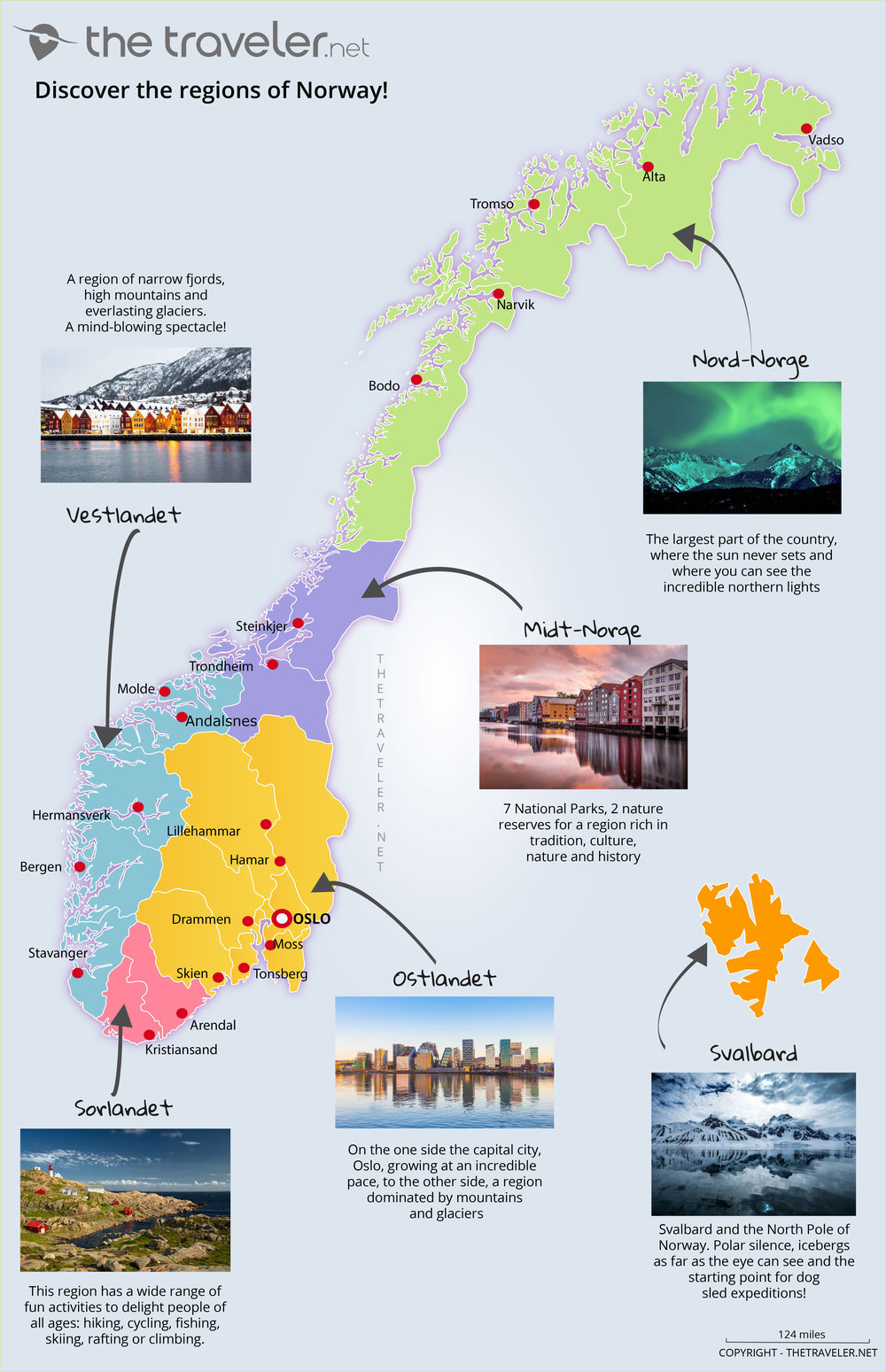

Finland also has urbanized regions with many cultural events and activities. The most famous tourist attractions in Helsinki include the Helsinki Cathedral and the Suomenlinna sea fortress. The most well-known Finnish amusement parks include Linnanmäki in Helsinki, Särkänniemi in Tampere, PowerPark in Kauhava, Tykkimäki in Kouvola and Nokkakivi in Laukaa. St. Olaf’s Castle (Olavinlinna) in Savonlinna hosts the annual Savonlinna Opera Festival, and the medieval milieus of the cities of Turku, Rauma and Porvoo also attract curious spectators.

3. Latvia
Latvia is a country in the Baltic region of Northern Europe. It is one of the Baltic states; and is bordered by Estonia to the north, Lithuania to the south, Russia to the east, Belarus to the southeast, and shares a maritime border with Sweden to the west. Latvia covers an area of 64,589 km2 (24,938 sq mi), with a population of 1.9 million. The country has a temperate seasonal climate. Its capital and largest city is Riga. Latvians belong to the ethno-linguistic group of the Balts; and speak Latvian, one of the only two surviving Baltic languages. Russians are the most prominent minority in the country, at almost a quarter of the population.


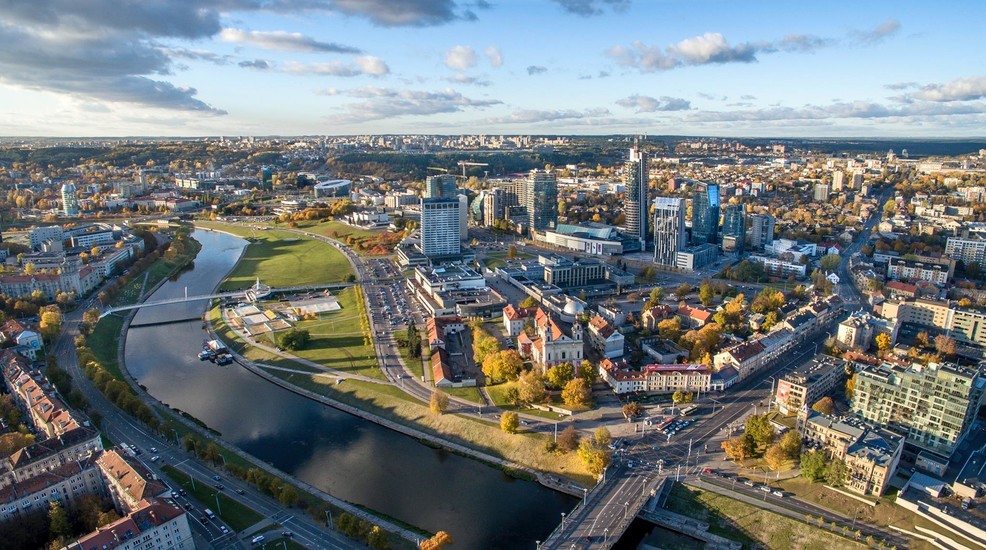
6. Lithuania
Lithuania is a country in the Baltic region of Europe.[a] It is one of three Baltic states and lies on the eastern shore of the Baltic Sea. Lithuania shares land borders with Latvia to the north, Belarus to the east and south, Poland to the south, and Kaliningrad Oblast of Russia to the southwest. It has a maritime border with Sweden to the west on the Baltic Sea. Lithuania covers an area of 65,300 km2 (25,200 sq mi), with a population of 2.8 million. Its capital and largest city is Vilnius; other major cities are Kaunas and Klaipėda. Lithuanians belong to the ethno-linguistic group of the Balts and speak Lithuanian, one of only a few living Baltic languages.

Domestic tourism has been on the rise as well. Currently there are up to 1000 places of attraction in Lithuania. Most tourists visit the big cities—Vilnius, Klaipėda, and Kaunas, seaside resorts, such as Neringa, Palanga, and Spa towns – Druskininkai, Birštonas.
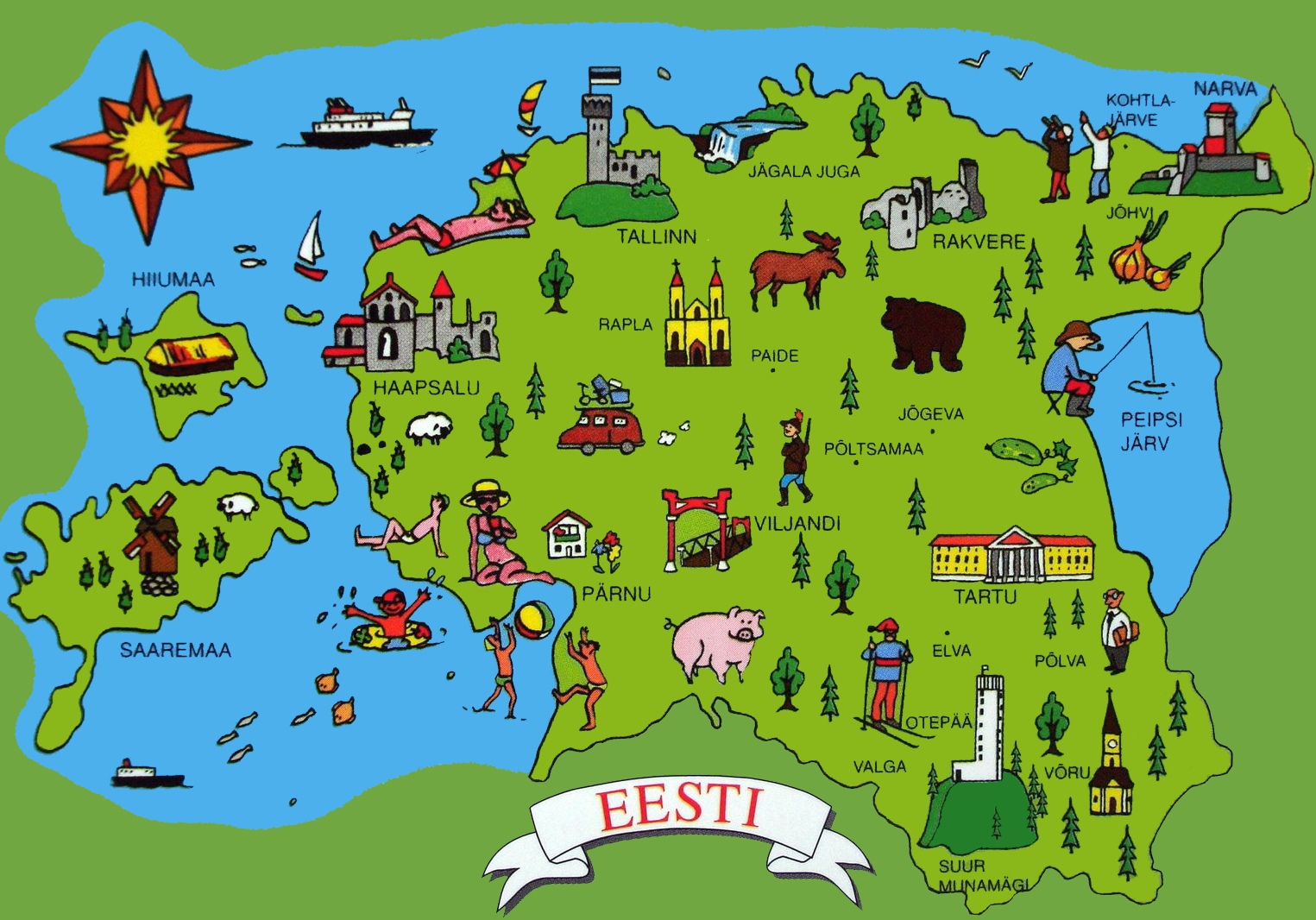
Estonia is known for its wonderfully preserved Medieval Architectures which has earned itself the title of UNESCO World Heritage Sites. Two such locations is the city of Tallinn and the Struve Geodetic Arc.
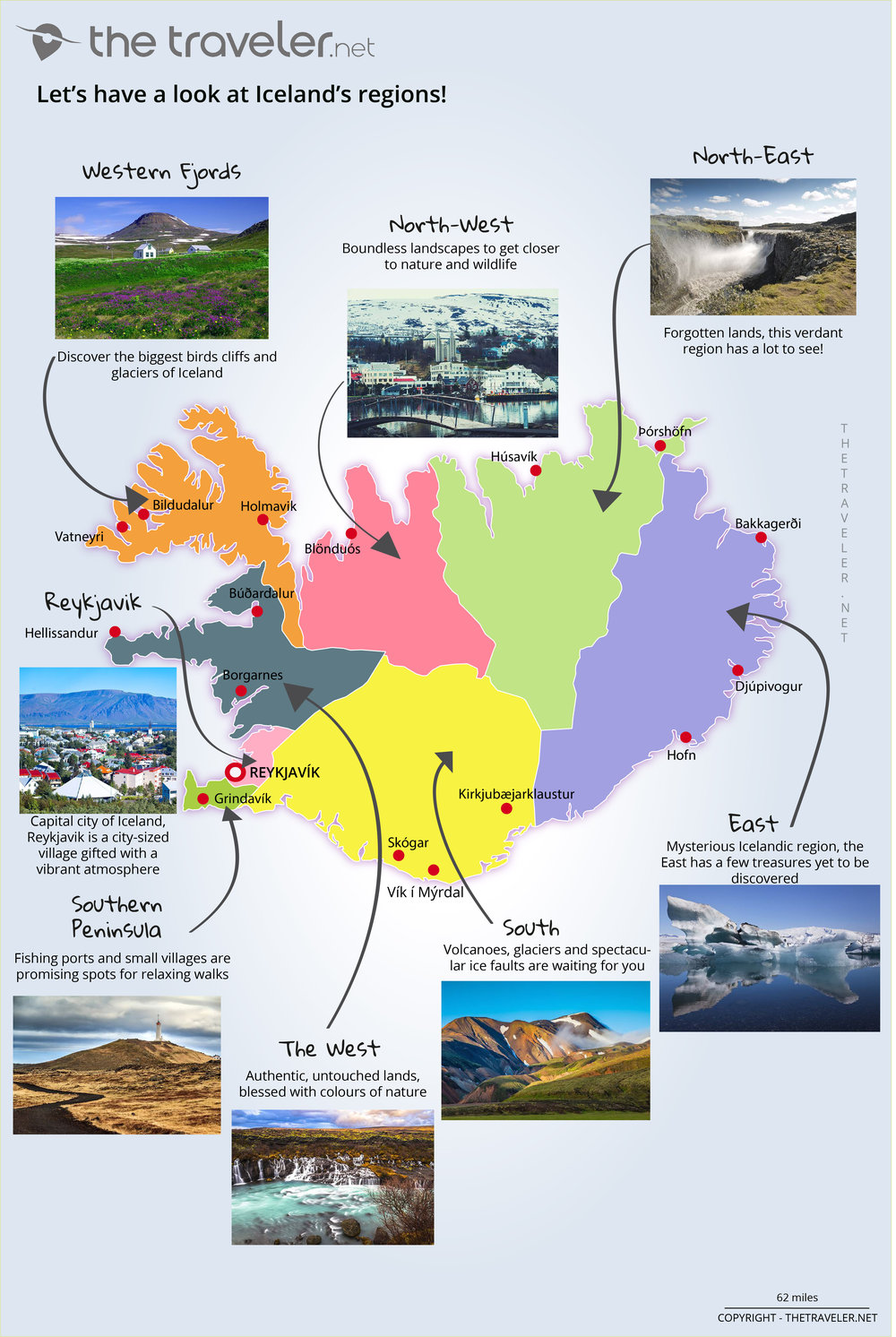
A trip to Iceland is an unforgettable experience. It is one of the most naturally stunning countries to see, with towering waterfalls, thermal pools like the Blue Lagoon, volcanos, sprawling glaciers, mountains, glacial lagoons, tiny fishing villages, Northern Lights, grazing sheep in the countryside, and wild Icelandic horses. The air is fresh, the people are charming, and the surrounding Atlantic ocean provides constant reminders of Iceland’s Viking roots.


